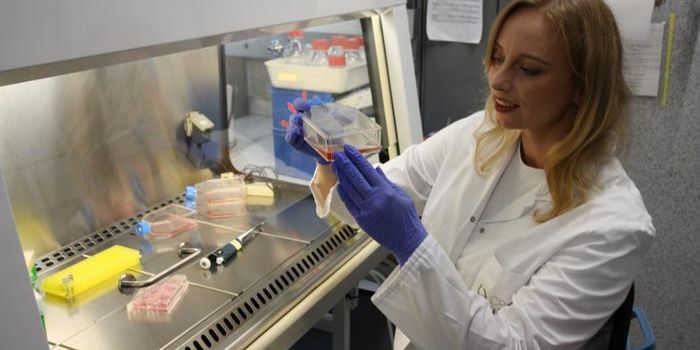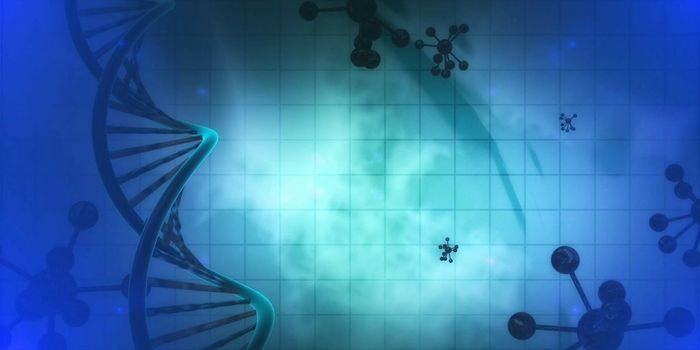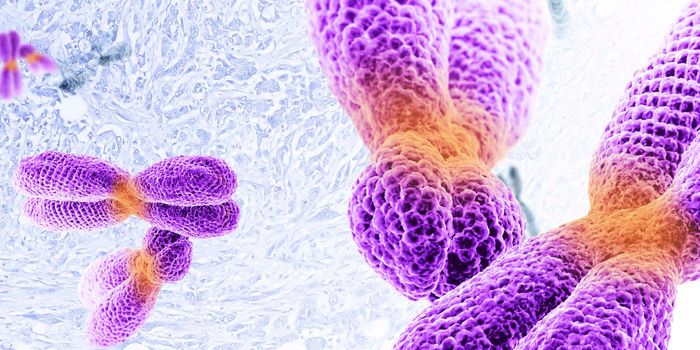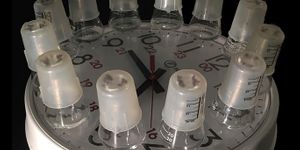Olympians in Rio aren’t the only ones coveting gold – scientists at Niels Bohr Institute are using
physics and gold nanoparticles to make cancer treatments not only more precise, but also more gentle on the body.

Scientists have devised numerous ways to kill cancer. However, the long-standing caveat is that most effective methods of killing cancer cells also end up harming the patients in some way. Thus, in some cases, cancer treatments become a delicate balancing act for both doctors and patients.
One common method to kill cancer is through radiation, a process that zaps cancer cells with high-energy waves like X-rays or gamma rays. This damages the cancer’s DNA so that the cells die and the tumor shrinks. However, radiation is indeed harmful and can damage healthy cells in addition to cancer cells. Furthermore, some type of radiation therapy can cause burn damage and irritation to the tissues exposed to the high-energy waves.
Now, using a combination of nanoparticles coated in gold and near-infrared laser lights, scientists at the Niels Bohr Institute say they can mitigate (or least reduce) the collateral damage to healthy cells, which, in turn, reduces the harsh side-effects that often accompany radiation therapy.
"The treatment involves injecting tiny nanoparticles directly into the cancer. Then you heat up the nanoparticles from outside using lasers. It is a strong interaction between the nanoparticles and the laser light, which causes the particles to heat up. What then happens is that the heated particles damage or kill the cancer cells," said Professor Lene Oddershede, a biophysicist at the Niels Bohr Institute at the University of Copenhage.
The nanoparticles are miniscule – ranging between 80 to 150 nanometers in diameter. For reference, the diameter for a strand of hair is around 75,000 nanometers!
The team experimented with some nanoparticles that were solid gold versus some that had a glass core coated with a gold shell. "As physicists we have great expertise in the interaction between light and nanoparticles and we can very accurately measure the temperature of the heated nanoparticles. The effectiveness depends on the right combination between the structure and material of the particles, their physical size and the wavelength of the light," said Lene Oddershede.
It turned out that the particles that best reduced tumor growth were ones that had a glass core and gold shell. Experiments were done both in cell culture and in mice with cultured human cancer cells. According to the team, just 1 hour after treatment, PET scans showed a marked reduction in tumor growth that was sustained for at least 48 hours with a single dose. They note that the near-infrared laser lights did not induce any burns as may be typical for conventional radiation therapy.
"Now we have proven that the method works. In the longer term, we would like the method to work by injecting the nanoparticles into the bloodstream, where they end up in the tumors that may have metastasized. With the PET scans we can see where the tumors are and irridate them with lasers, while also effectively assessing how well the treatment has worked shortly after the irradiation. In addition, we will coat the particles with chemotherapy, which is released by the heat and which will also help kill the cancer cells," said Lene Oddershede.
Additional source:
Niels Bohr Institute press release










